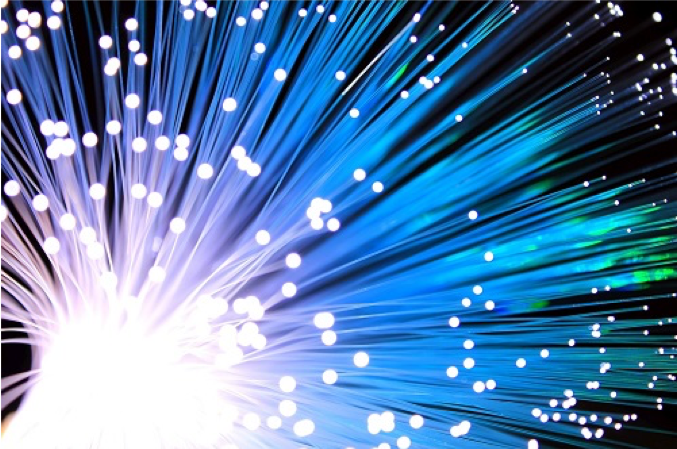
4 Limitations of Optical Fiber and How to Overcome Them

Fiber is the method of choice for reliable delivery of high-bandwidth data. Because fiber optic communication is based on light, there is little contest in terms of the speed it can achieve and the distance it can travel when compared to other modes of data transmission. It also demonstrates an immunity to electromagnetic interference. Nevertheless, there are limitations, which any fiber deployment must take into consideration.
One of the most significant limitations of fiber is its fragility. Typically made of glass, fiber cables are thinner and lighter than metallic wiring, and this makes them more prone to damage. Exposure to chemicals or radiation can damage a fiber optic network, and its fragile cables can easily be cut during building renovations or rewiring. Fiber cables also have a limited bend radius, which complicates the prospect of laying fiber around corners; too much bend built into the system can cause signal attenuation or breakage.
These issues are compounded by the fact that fiber cables transmit considerably more data than copper-based systems, so just one affected fiber could disrupt service for a significant number of businesses and individuals.
Another limitation of fiber is cost. The up-front expense of laying out a fiber optic network can be steep; it requires skilled installers and specialized equipment. By the same token, if damage to the network occurs, the cost of diagnosing and repairing problems also can be high.
Fortunately, these types of limitations can be largely overcome by following sound cable management practices.
Various systems are available to provide physical protection for fiber cables, such as cable lacing shelves, cable trays, ladder racks and mounting brackets. In addition to offering support and protection, they can maintain a safe bend-radius configuration. Bend-resistant fibers have also been introduced to the market, which offer a higher bend tolerance.
Defining clear-cut cable paths prior to installation is another strategy for maximizing system integrity. These create a virtual roadmap to which technicians can refer for the complex task of installing fiber, as well as for subsequent troubleshooting and reconfiguring. Along these same lines, any fiber installation should ensure that individual fibers are easily accessed without the risk of inducing bends on adjacent fibers.
Future requirements should also be taken into consideration during installation, as the growth of network requirements over time is inevitable. If new equipment can be easily added without disturbing the originally installed fibers, the initial installation cost is effectively reduced.
Moreover, the overall cost for the network is dependent not only on its initial expense, but also on the price of servicing and maintaining it over time. As a result, investing in high-quality equipment and committing to a well-defined management strategy from the beginning is the key to achieving long-term and cost-effective fiber success.
For more information on fiber solutions, visit us on our website.






